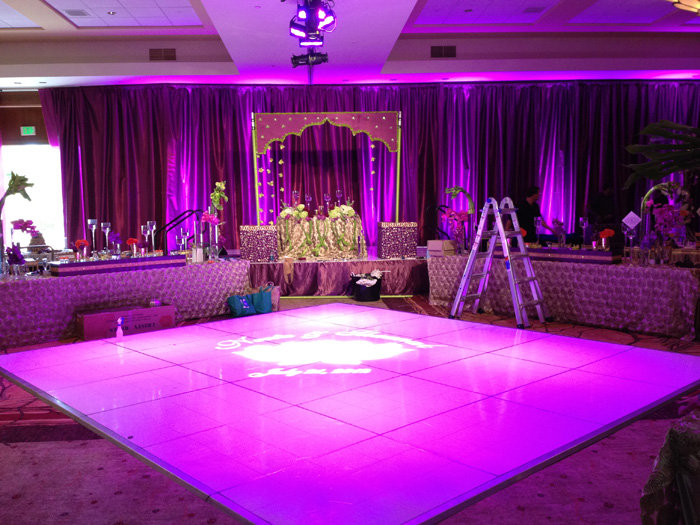
One notable pattern in interactive LED dancing surfaces is the integration of smart technology. Many new designs incorporate sensors that identify motion and adjust the illumination in response. This implies that the surface can change colors, patterns, and visuals based on how many individuals are dancing and where they are positioned. This responsiveness fosters a lively environment that promotes participation and enthusiasm. Additionally, some designs enable users to manage the lighting through smartphone apps, providing them the ability to customize their experience in the moment.
Another crucial pattern is the utilization of eco-friendly materials and power-saving technology. As ecological concerns increase, many designers are concentrating on creating light-emitting diode dance surfaces that are not only visually impressive but also eco-friendly. This comprises using repurposed materials for the surface's building and adopting energy-saving light-emitting diode lights. These advancements help reduce the carbon footprint of gatherings while still providing a mesmerizing visual experience. By focusing on eco-friendliness, creators are attracting to a more ecologically conscious audience.
The integration of enhanced virtual reality (AR) is also transforming the responsive dancing floor experience. AR tech allows participants to see virtual graphics and visuals superimposed on the physical world through their mobile devices or AR spectacles. This can improve the dance floor experience by adding digital components that engage with the real environment. For example, dancers might see moving figures or graphic displays that react to their actions, producing a distinctive and captivating environment. This trend is particularly appealing to younger crowds who are familiar to virtual engagements in their everyday lives.
Furthermore, the styling of interactive light-emitting diode dance floors is becoming more flexible and adaptable. Many recent designs can be readily installed in different environments, from temporary events to permanent setups. This flexibility allows locations to create customized encounters that address to different concepts and crowds. Some designs even feature interchangeable parts that can be rearranged to create varied configurations and layouts. This adaptability not only improves the visual attractiveness but also allows for artistic design in event planning.
In conclusion, the prospects of responsive LED dance surfaces is being influenced by innovative design patterns that concentrate on technology, read this post here sustainability, enhanced virtual reality, and versatility. These advancements are producing more immersive and captivating experiences for users, establishing dancing surfaces a central feature of recreational locations. As these patterns continue to evolve, they will likely redefine how individuals engage with music and movement, guaranteeing that interactive light-emitting diode dance floors stay a favored option for events and festivities.